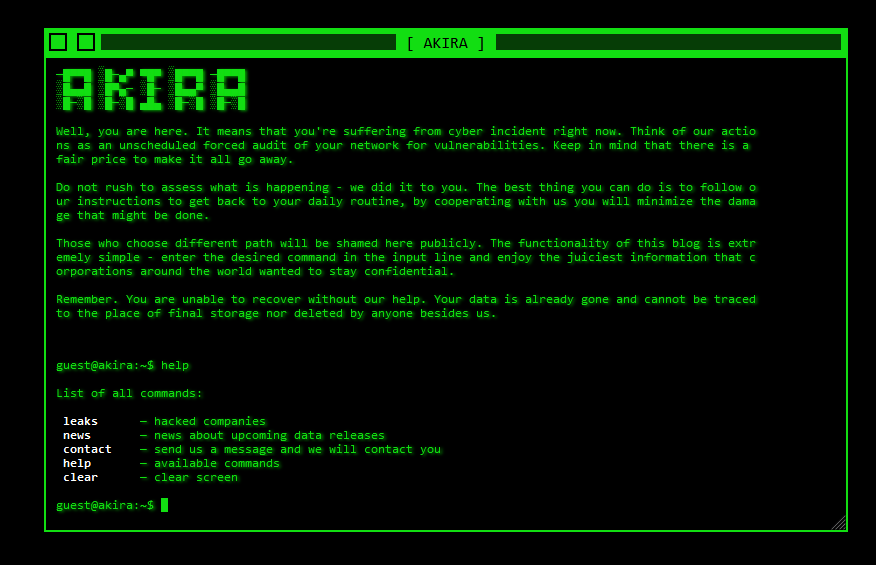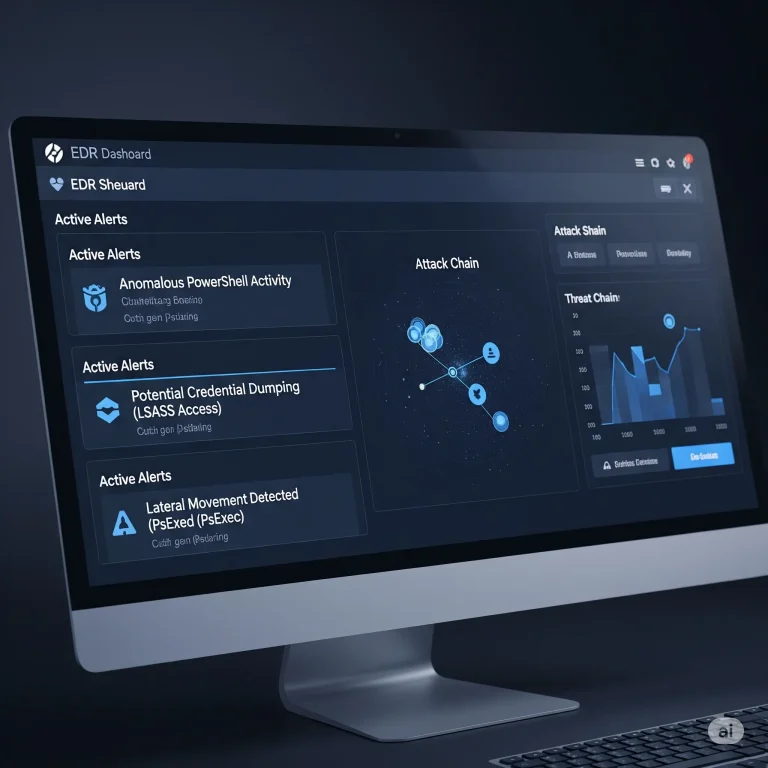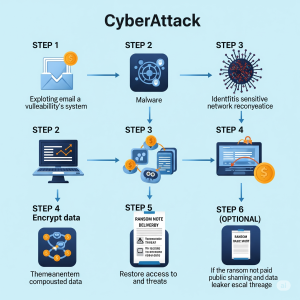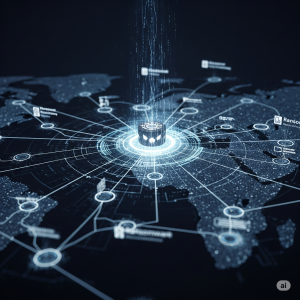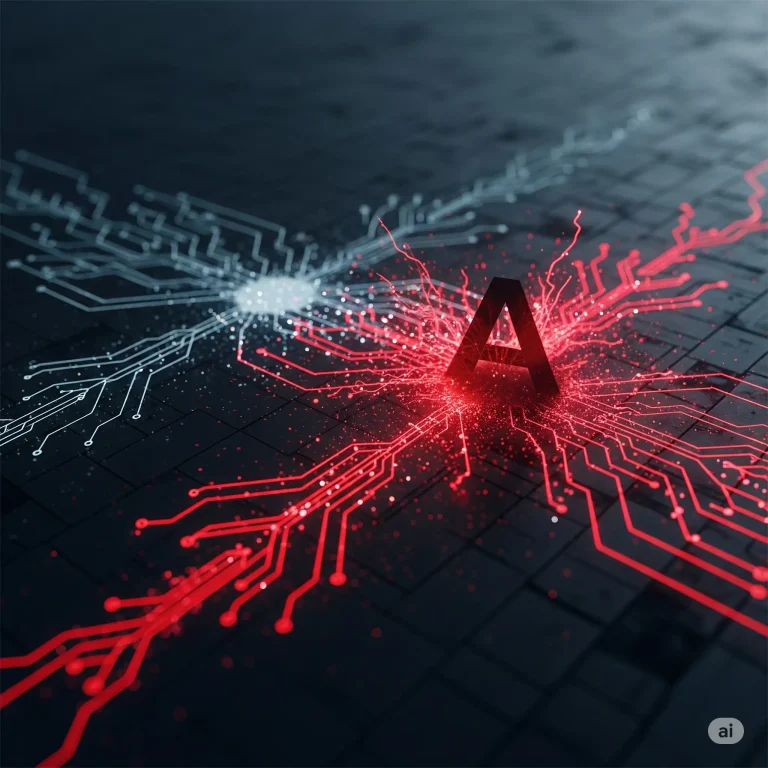Reclaim Your VMs: Mastering Akira ESXi Decryption & Defense
VMware ESXi servers are the backbone of countless modern IT infrastructures, hosting critical virtual machines (VMs) that power daily operations. Unfortunately, their importance also makes them a high-value target for sophisticated ransomware groups like Akira. Since its emergence in March 2023, Akira has demonstrated a keen focus and capability in attacking ESXi environments, leading to widespread disruption and significant recovery challenges.
This comprehensive guide explores the specific ways Akira ransomware targets and impacts VMware ESXi servers, the technical methods behind these attacks, and most importantly, robust strategies for defense and recovery in 2025.
Why ESXi Servers are a Prime Target for Akira Ransomware
Attacking an ESXi hypervisor offers cybercriminals like Akira a significant tactical advantage:
- Mass Encryption Capability: By compromising a single ESXi host, attackers can encrypt all the virtual machines residing on it simultaneously. This means dozens, or even hundreds, of critical servers (domain controllers, databases, application servers) can be rendered useless in one fell swoop, maximizing the operational impact on the victim organization.
- High-Value Data Concentration: VMs often host an organization’s most critical data and applications. Accessing and encrypting these assets almost guarantees a severe business disruption, increasing the likelihood of a ransom payment.
- Resource Richness: Hypervisors themselves are powerful machines, which can sometimes be leveraged by attackers for their operations.
- Perceived Security Gaps: While hypervisors are generally secure, misconfigurations, unpatched vulnerabilities, or compromised administrative credentials can provide an entry point that attackers actively seek.
Akira’s Arsenal: How It Infiltrates and Encrypts ESXi Environments
Akira affiliates employ a multi-stage approach to compromise and encrypt VMware ESXi servers, often utilizing a specialized Linux variant of their ransomware (sometimes Rust-based, like early versions of “Megazord,” or refined C++ versions).
1. Initial Access to the Virtualization Infrastructure:
- Compromised Credentials: Stolen or weak credentials for vCenter Server or individual ESXi hosts are a primary entry vector. This can occur through phishing, infostealer malware, or purchase from initial access brokers.
- Exploitation of Vulnerabilities:
- Akira has been known to exploit known vulnerabilities in VPN appliances (e.g., Cisco ASA – CVE-2020-3259, CVE-2023-20269) to gain an initial foothold in the network, from which they can then move laterally to the virtualization environment.
- Specific VMware vulnerabilities, when unpatched, can also be targeted. For instance, CVE-2024-37085, an authentication bypass vulnerability in ESXi (if Active Directory integration is misconfigured), was reported in 2024 as being exploited by groups including Akira to gain administrative access.
- In some unique cases, even unsecured IoT devices on the same network, like an IP webcam, have been reported as an initial entry point to then pivot towards ESXi hosts (as noted in a March 2025 report by Phosphorus.io).
- Lateral Movement: If attackers compromise a Windows machine within the network, they can use tools to scan for and attempt to access vCenter or ESXi management interfaces.
2. Pre-Encryption Activities on ESXi:
Once administrative access to an ESXi host is gained (often via SSH or the ESXi Host Client/vCenter), Akira’s Linux payload performs several actions:
- Disabling Logging & Forensics: Attackers may attempt to disable or redirect ESXi logs (
esxcli system syslog config set --logdir=/tmp) or clear core dumps (esxcli system coredump file set --unconfigure) to hinder investigation. - Enumerating Virtual Machines: The ransomware identifies all registered VMs on the host.
- Terminating Virtual Machines: To ensure files are not locked and can be fully encrypted, Akira’s script often forcefully terminates running VMs. Common commands include
esxcli vm process kill --type=force --world-id=$(esxcli vm process list | grep "[VM Name]" -C1 | awk 'NR==1{print $1}')or similar variations to stop specific VMs or all of them. - Deleting Snapshots (Potentially): While not always explicitly detailed for Akira in all reports, ransomware targeting ESXi often attempts to delete VM snapshots to prevent easy rollback.
3. The Encryption Process:
- Targeting VM Files: The ransomware specifically targets critical VM-related files for encryption, including:
.vmdk(virtual machine disk files).vmsn(virtual machine snapshot files).vmsd(virtual machine snapshot metadata).nvram(VM BIOS/EFI configuration).vswp(VM swap files).vmx(VM configuration files)
- Encryption Algorithm: Akira typically uses a hybrid encryption scheme (e.g., ChaCha20 for file content and RSA for key protection) to ensure speed and strong encryption.
- File Renaming & Ransom Notes: Encrypted files are often appended with the
.akiraextension (or.akiranew,.powerrangesfor some earlier variants). A ransom note (commonlyakira_readme.txtorakiranew.txt) is dropped in accessible directories, instructing the victim on how to contact the attackers via their Tor site. - Partial Encryption: To speed up the process on large VMDK files, Akira may employ partial encryption, encrypting only portions of the files strategically to render them unusable.
The Devastating Impact of an Akira ESXi Attack
An Akira attack on ESXi servers can be catastrophic:
- Complete Operational Halt: Encryption of multiple critical VMs can bring business operations to an immediate standstill.
- Significant Data Loss: If viable backups are unavailable or also compromised, the data within the VMs may be permanently lost.
- Prolonged Downtime: Recovery, even with backups or a decryptor, can be complex and time-consuming, involving restoring numerous VMs and verifying their integrity.
- Double Extortion Pressure: Akira consistently exfiltrates data before encryption. The threat of leaking sensitive corporate or customer data from the compromised VMs adds immense pressure to pay the ransom, even if file recovery is possible through other means.
- Financial Costs: Include ransom demands, recovery expenses, lost revenue due to downtime, and potential regulatory fines if sensitive data is breached.
Decryption Challenges & Solutions for Akira-Encrypted ESXi Data
Decrypting Akira-encrypted ESXi files is highly challenging:
- Variant Specificity: Decryptors are typically specific to particular variants and how their keys were implemented or generated. A flaw in one version might be patched in another.
- Public Decryptor Limitations:
- Avast’s Decryptor (mid-2023): This tool helped with a specific C++ Windows variant and some early Linux versions if they shared key generation flaws. Its applicability to newer or different ESXi-specific variants is limited.
- Yohanes Nugroho’s GPU Brute-Forcer (early 2025): This was developed for a specific Linux variant of Akira that had certain characteristics allowing for a brute-force attack on a component of its key generation. This is not a universal solution and requires specific conditions and significant technical expertise/resources.
- Complexity of VMDKs: The large size and complex structure of VMDK files can make decryption or repair efforts difficult.
- Risk of Further Corruption: Using unverified or unsuitable decryption tools can further damage encrypted files.
The most reliable path to recovery often involves:
- Professional Assessment: Engaging experts to analyze the specific Akira variant and the nature of the ESXi encryption.
- Specialized Tools & Techniques: If a viable decryption method exists for the specific variant and circumstances, professionals may have access to or be able to develop specialized tools.
- Restoration from Secure Backups: This remains the most dependable recovery method if available and unaffected.
Defending Your ESXi Fortress: 2025 Mitigation Strategies Against Akira
Protecting your VMware ESXi environment from Akira requires a defense-in-depth strategy:
- Harden ESXi & vCenter Access:
- Strong, Unique Passwords: For all vCenter and ESXi administrative accounts.
- Multi-Factor Authentication (MFA): Enforce MFA for vCenter access and, where possible, for ESXi host access (e.g., via identity providers).
- Limit Management Interface Exposure: Do not expose ESXi management interfaces or vCenter Server directly to the public internet. Restrict access to trusted internal networks and dedicated management segments.
- Principle of Least Privilege: Grant administrative access sparingly.
- Regular Patching & Vulnerability Management:
- Promptly apply all security patches released by VMware for ESXi, vCenter Server, and related components. Prioritize known exploited vulnerabilities.
- Regularly scan your virtual infrastructure for vulnerabilities.
- Network Security & Segmentation:
- Isolate ESXi Management Network: Keep ESXi management traffic separate from general VM traffic and other network segments.
- Firewall Rules: Implement strict firewall rules to control access to ESXi hosts and vCenter.
- Disable Unnecessary Services: Disable unused services on ESXi hosts (e.g., Service Location Protocol – SLP, if not required by your environment, as it has been exploited by other ransomware like ESXiArgs).
- Secure ESXi Host Configuration:
- Enable ESXi Secure Boot: If supported by your hardware, use Secure Boot to ensure only signed code is loaded during boot.
- TPM 2.0: Utilize TPM 2.0 for ESXi configuration encryption and host integrity.
- Restrict ESXi Shell and SSH Access: Limit access and use them only when necessary. Monitor their usage.
- Regularly Audit ESXi Configurations: Check for unauthorized changes or misconfigurations.
- Robust Backup and Recovery Strategy:
- Regular VM Backups: Implement and regularly test backups of all critical VMs using the 3-2-1 rule.
- Offline/Immutable/Air-Gapped Backups: Ensure backup repositories are isolated from the production network and cannot be accessed or encrypted by ransomware.
- Backup ESXi Host Configuration: Regularly back up your ESXi host configurations for faster recovery of the hypervisor itself.
- Advanced Detection and Monitoring:
- Centralized Logging: Forward ESXi and vCenter logs to a central SIEM for monitoring and alerting on suspicious activity.
- Endpoint Detection and Response (EDR): While EDR on the hypervisor itself is less common, EDR on vCenter (if Windows-based) and on critical VMs is essential.
- Behavioral Analysis: Monitor for unusual commands or activities on ESXi hosts.
Conclusion: Proactive Defense is Key for Virtualized Environments
Akira ransomware’s focus on ESXi servers highlights the critical need for robust security measures specifically tailored to virtualized environments. While the impact of such an attack can be severe, a proactive defense strategy focusing on access control, diligent patching, network segmentation, secure backups, and vigilant monitoring can significantly reduce your risk.
If your ESXi environment is compromised by Akira, immediate expert assistance is crucial to assess the situation, explore viable recovery options, and guide you through the complex restoration process. Protecting your virtualized core is paramount in today’s evolving threat landscape.
